How Climate Change Will Transform the National Parks’ Iconic Animals and Plants
Dramatic changes may force park managers to choose which species will live, and which will die
:focal(294x119:295x120)/https://tf-cmsv2-smithsonianmag-media.s3.amazonaws.com/filer/fc/9d/fc9de783-fc95-4eb4-84ec-a58d819c3bee/istock_15730182_medium_720.jpg)
“There he goes! There he goes!”
Michael Magnuson lowers a battered pair of binoculars, pointing to a rocky debris field a short distance away from a visitor parking lot in Northern California’s Lassen Volcanic National Park. The National Park Service (NPS) wildlife biologist has just spotted his quarry: a small, round, rodent-like mammal that darts between boulders and tufts of red mountain heather while clutching a leafy branch between its jaws. This is a rare sight, explains Magnuson. The creature, an American pika, spends most of his time in the home he has made in the dark spaces between the boulders, a rocky sanctuary against the hot July sun.
When it comes to temperature, pikas—the real-life inspiration behind the popular Pokémon character Pikachu—are notoriously particular. When winter comes, they must take care to stay warm, burrowing in their cozy rock dwellings, which by then are buried beneath layers of insulating snow. In years when the snowpack is too thin, they risk freezing to death. But for now, with the summer heat in full effect, they leave their shady burrows only for the purpose of harvesting plant material to create “haystacks,” which they will munch on during the winter.
Having a cool shelter is crucial for pikas in the summer on account of their thick fur. “If they sit in the sun too long, they get too hot,” Magnuson explains. He points out a typical pika home that he has identified based on the mounds of scat surrounding the entrance. “They typically prefer the bigger rocks, because there’s more space underneath them,” he adds. “If you stick your hand under, it’s several degrees colder. It’s pretty cool—literally.”
It is the pika’s sensitivity to temperature, coupled with its intrinsic cuteness, that have made it the Park Service's poster critter for examining the potential effects of climate change on mountain ecosystems. In 2010, the NPS embarked on a 5-year study called “Pikas in Peril,” which aimed to quantify the vulnerability of park pika populations to climate change. Magnuson conducted annual pika surveys for the large-scale study, which became a pilot study for developing cutting-edge techniques that could be used to understand the climate change vulnerability of many other species. “What we learn here can be applied in other places without having to reinvent the wheel,” says Jason Mateljak, general natural resources manager at Lassen.
Knowing how to apply those lessons is becoming increasingly urgent. Today the NPS is confronting the most daunting challenge it has faced in its 100-year history: human-influenced climate change, which promises to transform not only these iconic landscapes but also the plants and animals who inhabit them. This looming threat to our nation’s parks recently attracted the attention of President Obama, who visited Yosemite National Park to speak about how climate change is damaging the parks. Without action, Obama warned, Yosemite and many other national parks could be dramatically different places 50 years hence. "Make no mistake," he said. "Climate change is no longer just a threat—it's already a reality."
The transformations many park lovers fear are already well underway. Several national parks in the U.S. have already experienced "extreme" climate change effects in recent decades, according to a 2014 assessment in the journal PLOS ONE. That assessment found that average temperatures at many parks “are overwhelmingly at the extreme warm end of historical temperature distributions,” and that rain and snow patterns have also warped over time. Some native park species are already in danger of going regionally extinct.
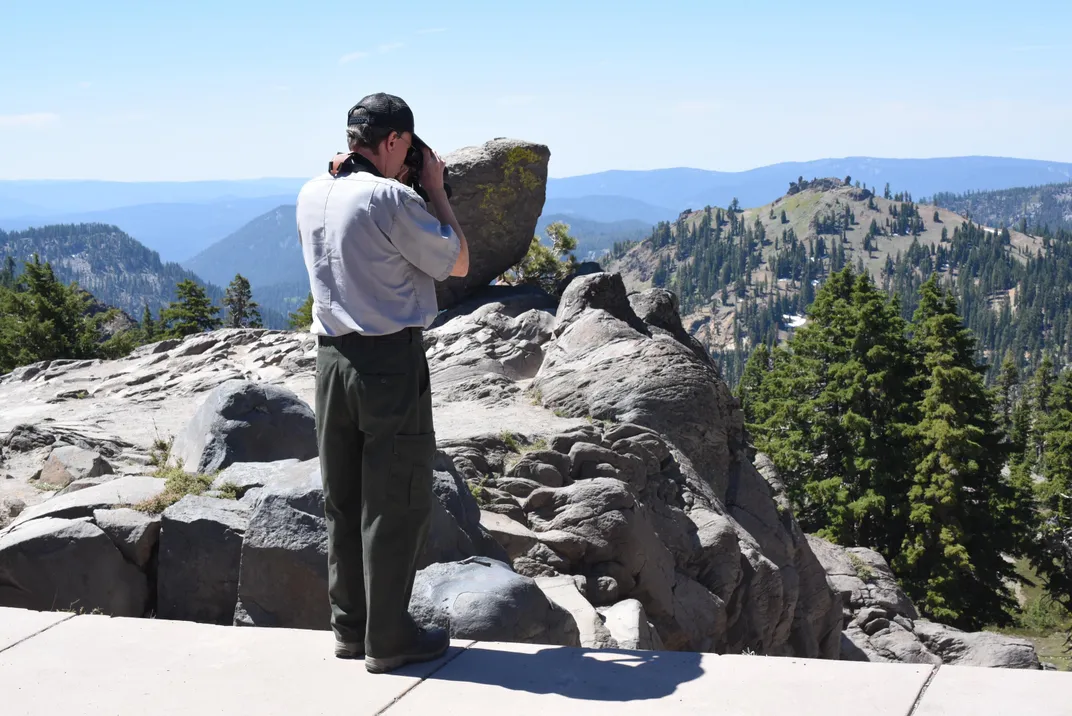
Facing an era of unprecedented change, the NPS is now rethinking its entire approach to conservation. The agency, which has historically focused on preserving and restoring natural landscapes, is now embracing the idea that many of the parks and their inhabitants may be irrevocably altered. With numerous possible scenarios, park managers also face the challenge of uncertainty. “When we do a restoration project, should we be restoring for how it was or how it could be?” Mateljak says. “If the latter, what models and metrics can we use to help define that future condition?”
There was a time when the notion of letting prized native species die out seemed heretical. Now the agency is bracing for the possibility that some of the species under its care simply won’t make it. It is also openly discussing the possibility of “assisted migration”: manually relocating some animals and plants if it turns out they can’t survive within the park’s changing landscapes. These kinds of last-resort actions are controversial even amongst conservationists, but the NPS believes it is time to consider implementing them one day. “We don’t rule out managed relocation in the future,” says Patrick Gonzalez, the agency’s principle climate change scientist. “But there are a lot less costly and less risky things we can try first.”
The NPS is taking the threat of climate change seriously. Since 2010, in addition to the Pikas in Peril project, the park service has established a central task force devoted to climate change, increased environmental monitoring within its parks, and expanded efforts to communicate climate change impacts to the public. The agency is also incorporating scientific studies and assessments into its decisions in a deeper way than before, and embracing “scenario planning,” a tool for making long-term flexible plans and responding nimbly to future environmental changes that it borrowed from the military and business worlds.
"Among all of the federal land management agencies, they are probably paying the most attention to climate change," says Bruce Stein, the National Wildlife Federation's associate vice president of conservation science and climate adaptation.* "That isn't to say they're doing it uniformly well, but there are a lot of people within the park service who are really being thoughtful about this. … They're openly having those conversations and engaging in the kind of scientific investigations that are going to be essential for answering the tough questions."
Which is good, because those questions are only going to get tougher.
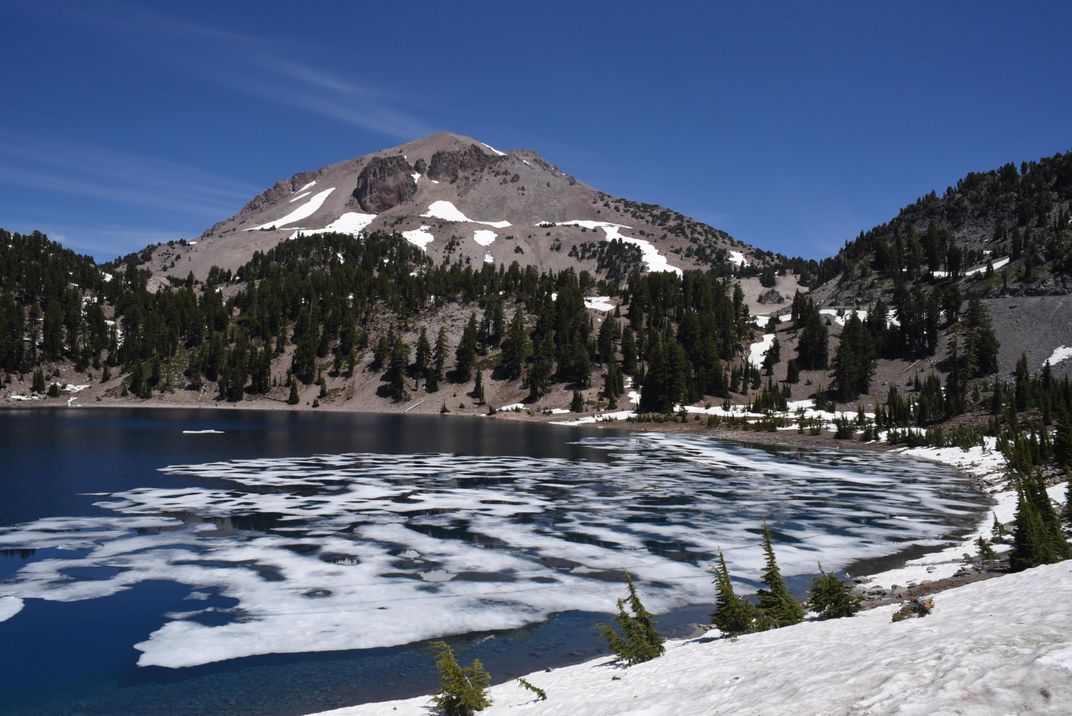
This isn’t the first time the NPS has faced an identity crisis. In the 1960s, following years of public criticism over the culling of Yellowstone’s ballooning elk population, then-U.S. Interior Secretary Stewart Udall directed a scientific committee to review the NPS’s wildlife management policies. The resulting Leopold Report—named after its primary author A. Starker Leopold, the son of noted ecologist Aldo Leopold—declared that "a national park should present a vignette of primitive America." The report recommended that the ecosystems within each park be maintained—or where necessary, recreated—to mirror as closely as possible the conditions that existed before the arrival of Europeans on the continent.
The Leopold Report set the tone for an era of restoration, in which the agency’s goal was to rewind the landscape to a time before humans had encroached upon it. By advocating that parks should be maintained in their natural states as much as possible, it paved the way for everything from “controlled burns” to the reintroduction of wolves in Yellowstone. But today, that nostalgic idea of a return to the past may no longer be possible, says NPS director Jonathon Jarvis. "The problem now is that that vision of maintaining a vignette of primitive America has been disturbed by human-driven climate change," Jarvis says. "Now there are winners and losers in the environment, and we have to decide which is which.”
Before becoming the parks director in 2009, Jarvis was the regional director of the NPS's Pacific West Region, which covers most of the western continental U.S. and Hawaii. In that role, he often heard stories from his superintendents about how climate change was impacting their parks. "That stayed with me,” Jarvis says, “and when I became the director, I said, okay, it's time to step up and really address this holistically.” One of his early actions was to appoint a committee of scientists to revisit the Leopold Report and examine whether its vision and principles for resource management were still relevant—or even feasible.
That committee's report, published in 2012 and aptly titled Revisiting Leopold: Resource Stewardship in the National Parks, helped the NPS reexamine its goals for managing the ecosystems entrusted to its care. Among its recommendations was that the NPS significantly expand the role of science within the agency, and move to protect habitats that might serve as climate sanctuaries, or "refugia," for threatened species.
Most of all, the new report urged the agency to prepare for “continuous change that is not yet fully understood.” During his time in office Jarvis has strived to do just that, setting up a Climate Change Response Program within the NPS to coordinate the agency’s strategy for responding climate change in different parks. That strategy is broadly organized into four pillars: using science to help parks understand and manage climate change, adapting to an uncertain future, mitigating or reducing the agency's own carbon footprint, and communicating the impacts of climate change to the public and parks employees.
Of these pillars, adaptation is by far the most complex—and the most controversial. The question of what adaptation means for the parks has forced the agency to grapple with some of the toughest questions it has ever faced, and is already "pushing our policy paradigm," according to Jarvis. “I don't think our mission has changed,” he adds. “But it is going to cause us to rethink some of our policies."
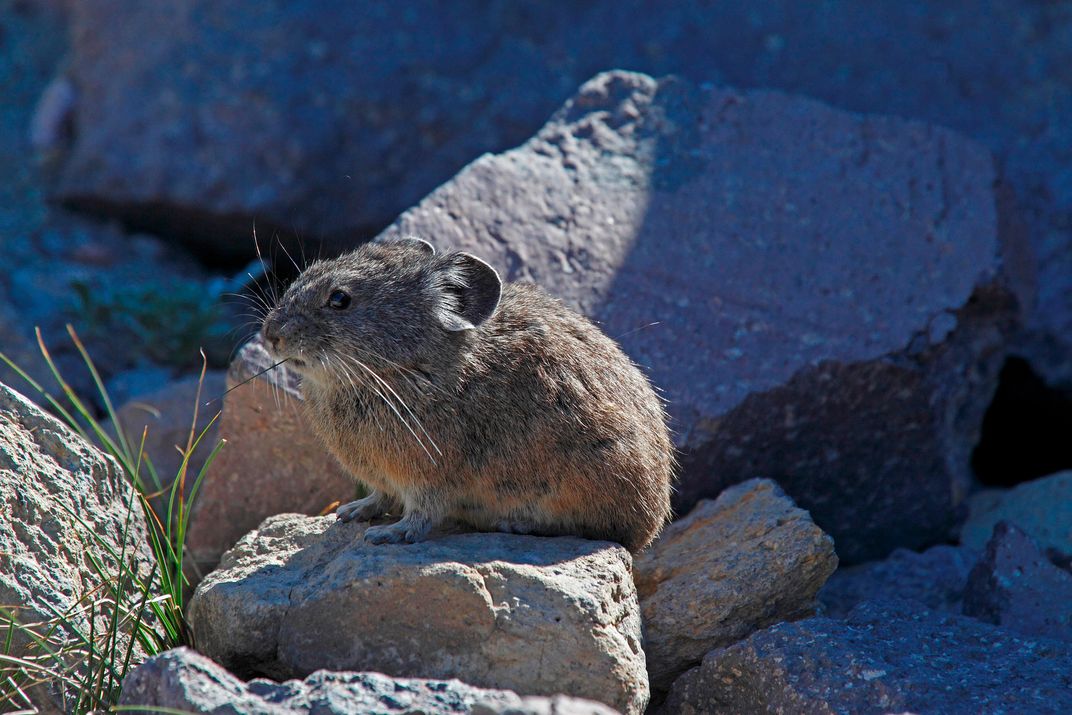
Along a narrow band of the Golden State’s Sierra Nevada mountain range, ancient wooden skyscrapers extend toward the firmament. Giant sequoias, which can reach heights of 300 feet and live for thousands of years, are currently facing a two-pronged threat from declining snowpack and rising temperatures. Increased warming could decimate many of the big trees. “If temperatures keep rising and we get another drought that is even more severe than the one we saw in 2014, it’s possible you might see more sequoias dying,” says Nathan Stephenson, a forest ecologist with the United States Geological Survey.
Stephenson also fears the possibility of a disease outbreak. “You might wonder if there’s a native insect or pathogen out there that doesn’t really affect sequoias now, but could start knocking them off if the climate changes enough and the trees are stressed enough,” he says. There is precedent for this: In the early 2000s, vast groves of pinyon pine in the American Southwest were devastated by the pinyon ips beetle—a native insect that was simply an annoyance until the combination of warmer weathers, shorter winters and more stressed-out trees transformed it into a raging pestilence.
Faced with the possibility of losing one of its most iconic symbols, the park service must now consider what lengths it is willing to go to save the giant sequoias. One of its options is assisted migration, also known as managed relocation or climate translocation. Last year, NPS scientists used this technique to move bull trout in Montana's Glacier National Park. The researchers transferred trout from a lake where their numbers were dwindling—as a result of warming conditions and predation from another invasive trout species—to a higher-elevation lake that was cooler and free of predators.
A sequoia relocation project in California would be even more ambitious. "We managed the giant sequoia forests now in such a manner that they can reproduce, but do we know whether or not that particular niche will allow those trees to mature in the future?” Jarvis says. "Is there a place in the Southern Cascades, as opposed to the Sierras, that we should be thinking about planting giant sequoias so that they'll still be around a thousand years from now? That's the way we've got to be thinking. We are in the perpetuity business here, so that's the space that we're beginning to explore."
Christy Brigham, chief of resources management and science at Sequoia and Kings National Park, says the NPS's plans for assisted migration of giant sequoias are still purely speculative.* "I would say we are at least five to ten years away from having to decide whether we need to take that step," Brigham says. “So far, a warming climate hasn’t really been hurting the giant sequoias,” adds Stephenson.
Other species, however, may not be so fortunate.
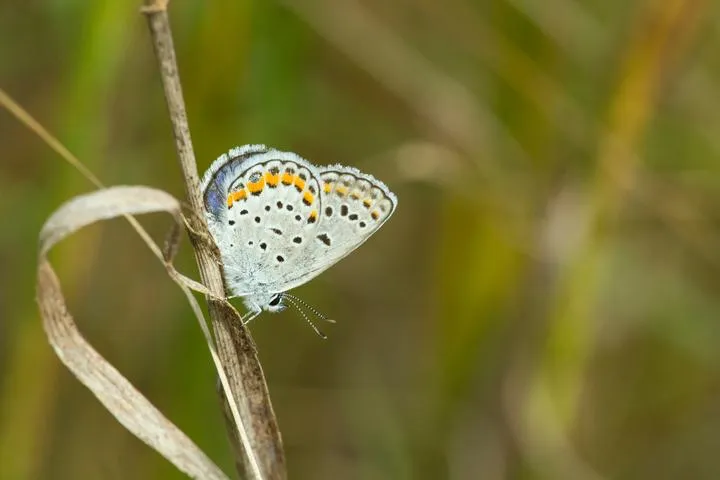
In 2012, the Karner blue butterfly population in Indiana Dunes National Lakeshore suffered a devastating loss. An unusually warm spring that year caused many Karner caterpillars to hatch before the wild lupine they feed upon could bloom. When the lupines eventually emerged, many of them perished in the hot, dry summer conditions. As a result, the Karners that hatched later also starved to death. "We panicked. Everyone panicked,” says Gia Wagner, Indiana Dunes’ acting chief of resource management, who monitors Karners at the park. “There was literally nothing anyone could do about it."
The last time anyone spotted a Karner at Indiana Dunes was in 2013. If field surveys fail to turn up traces of the insects this year, the NPS will deem the butterfly extirpated, or locally extinct. Karners “are not in a good position to adapt to the velocity of climate change,” says Gregor Schuurman, an ecologist with the agency’s climate change program. “They have a low ability to disperse … and their specialized habitat has been further hemmed in by human habitat destruction.”
The Karner case brings up uncomfortable questions. These butterflies are locally beloved, but they’re no giant sequoias. Plus, they’re only one of hundreds of species facing similar threats. In an era when species triage may be necessary, how do you decide which plants and animals are worth saving? For now, the NPS concedes that some species within its parks won't be able to adapt to climate change and will be lost, but says it is not prepared to decide which species to let go of just yet. "That's a very tough question, and one that we're wrestling with," Jarvis says. "I can't say that I have the answer to that."
Species triage is not an issue that can be decided solely with science. There are moral and cultural considerations, which have complicated efforts of the "Climate-Smart Conservation" working group that the NWF's Stein co-chairs to help NPS and other agencies better incorporate climate considerations into their work. "We did not try and get into that sort of ethical guidance because that really depends on an agency or institution's core values," Stein says. "We did not say, 'Here's the point at which you give up on something.' What we did say is that there's going to be a need to have those hard conversations and to review what our conservation goals are or should be."
Right now the park service is focused on ensuring that as many of its species as possible survive. Sometimes, that means letting a species die out within park boundaries and ensuring that it at least lives beyond park borders. The agency is partnering with sister agencies such as the U.S. Fish and Wildlife Service and even private landowners to help ensure that plants and animals forced out of national parks due to climate change can find asylum in neighboring landscapes. “We haven't given up on trying to conserve species in national parks, but there is an increasing recognition that it might not be possible under the most serious climate change projections to save every one," Gonzalez says. "If a species can exist elsewhere in the landscape, that's still a good thing."
The Karners—which were christened in the 1940s by novelist and lepidopterist Vladimir Nabokov—may still get a happy ending. While they aren’t found in any other national parks, the butterflies are present in other protected lands, including in Minnesota, Wisconsin and Ohio. Wagner says discussions about reintroducing Karners back into Indiana Dunes have already begun between the NPS and other agencies.
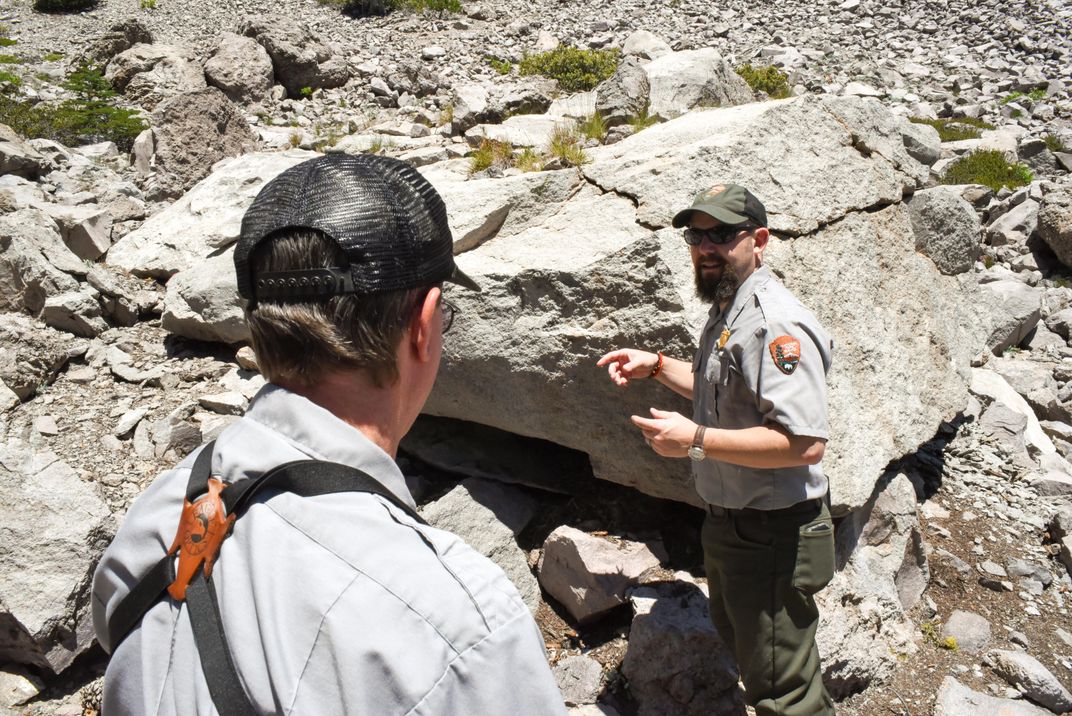
Lassen's beloved pikas are also expected to survive under projected climate scenarios, thanks to the population's healthy genetic diversity and tendency to cluster in low-elevation patches that will be less affected by warming. In Lassen, the biggest projected impact of climate change is on the park’s snow patterns—when it snows, how much it snows, how much water is in the snow and how long the snow lingers. “Snow has the ability to insulate itself, and the slow release of water is a key process for the park,” Mateljek says. “And because we’re the headwater for four drainages, what’s happening up here influences what’s happening in the lowland areas, even as far away as Sacramento.”
Not all of their relatives will be so fortunate. In Colorado’s Rocky Mountain National Park, researchers predict the species will be extirpated by 2100. The irregular prognosis for pikas presents park managers with a dilemma: Should places like Lassen serve as refugia for pikas from other parks? “Transplanting pikas would be very expensive,” Mateljek says. “And would it even work? Also, do we want to use our limited resources to preserve this one species when perhaps what we should be doing is monitoring and evaluating other species?”
Another drastic option is to transplant pikas into parks where the animals once existed but are not currently found. “Great Basin National Park is a place that looks like it could support pikas,” says Tom Rodhouse, an NPS ecologist who headed the Pikas in Peril project. “But if we do that, it’s controversial. These are really interesting conversations, and I think the park service is going to have many more like them in the coming decades.”
Questions of species conservation are complex, and thus there are no easy answers. Irrevocable changes are already sweeping across the parks, and freezing them in time to echo a bygone era is no longer possible, if it ever was. For now, even though the Pikas in Peril Project has ended, Magnuson continues to survey Lassen’s pikas yearly. He visits about 100 sites every fall, scanning the landscape for signs of little haystacks. “I’m just making it a priority to keep the project going,” he says.
NPS director Jarvis says that if the parks are to survive another century, there is no question they will have to change. He gives the example of the iconic Joshua Tree National Park in California. “We may not be able to maintain Joshua trees in Joshua Tree National Park, but that doesn't mean that Joshua Tree National Park is somehow devalued,” he says. “It will just become home to something new.”
Editor's Note, August 9, 2016: This article initially used outdated titles for Bruce Stein and Christy Brigham.